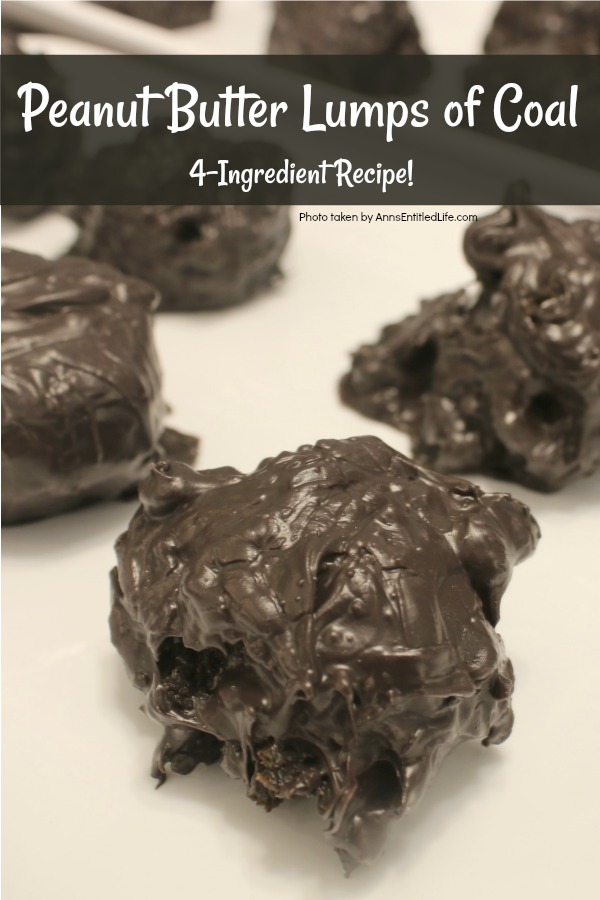
Coal and peanut butter – two things that might not seem to have anything in common. However, did you know that coal and peanut butter are surprisingly related? In this article, we will explore the connection between these two seemingly unrelated items.
The History of Peanut Butter

Peanut butter is a popular spread made from ground peanuts. It was first introduced in the late 1800s by a doctor named John Harvey Kellogg. He created it as a protein source for his patients who had difficulty chewing meat.
However, it was not until the early 1900s that the popularity of peanut butter soared. In 1901, a man named George Washington Carver discovered hundreds of uses for peanuts, including peanut butter. He became known as the "Peanut Man" and helped to make peanut butter a household item.
How Coal is Related to Peanut Butter
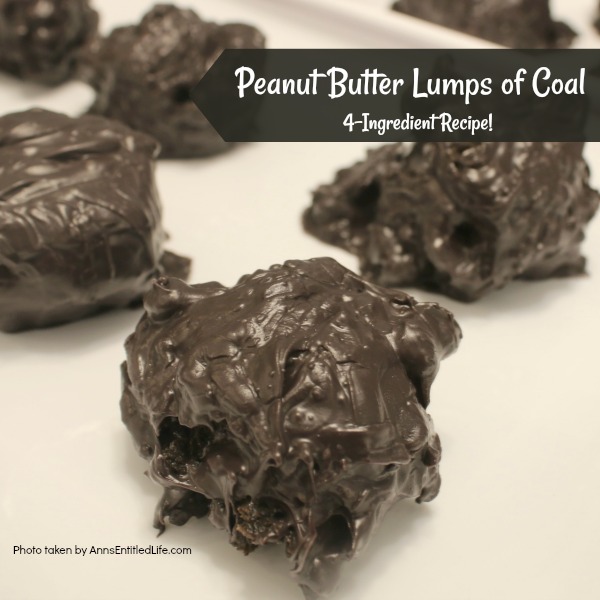
Now, you might be wondering how coal is related to peanut butter. The answer lies in the process of making peanut butter. In order to create peanut butter, peanuts are roasted. The roasting process involves heating the peanuts to a high temperature, which causes them to turn brown and develop a unique flavor.
This process of heating peanuts is similar to the process of creating coal. Coal is formed from organic matter, such as plant material, that is subjected to high heat and pressure over a long period of time. This heat and pressure cause the organic matter to change, eventually forming coal.
Uses of Coal and Peanut Butter
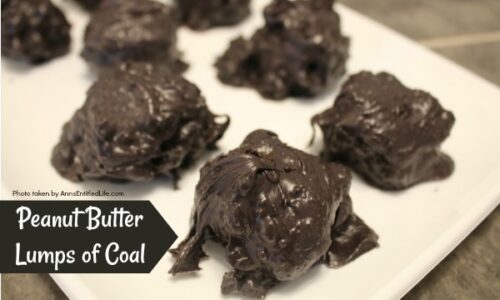
Coal and peanut butter have very different uses. Coal is primarily used as a source of energy, while peanut butter is a food item. However, both coal and peanut butter have a wide range of uses.
Coal is used to generate electricity, heat homes, and power vehicles. It is also used in the production of steel, cement, and other industrial products. Peanut butter, on the other hand, is used as a spread for sandwiches, as an ingredient in baking, and as a snack on its own.
Health Benefits of Peanut Butter
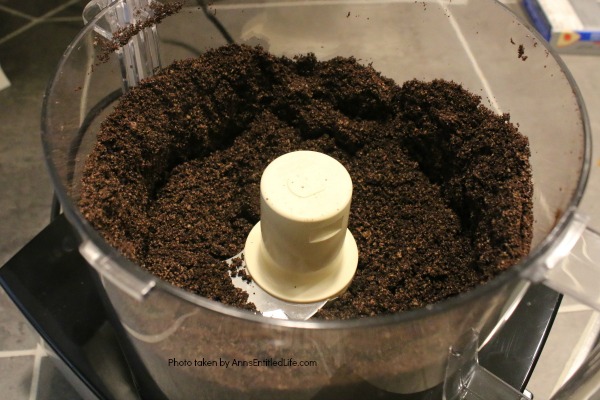
Peanut butter is not only delicious but also has several health benefits. It is a good source of protein, fiber, and healthy fats. It also contains vitamins and minerals such as vitamin E, magnesium, and potassium.
Studies have shown that consuming peanut butter can help lower the risk of heart disease, diabetes, and obesity. It can also help to reduce inflammation in the body and improve brain function.
Environmental Impact of Coal and Peanut Butter

While coal and peanut butter have different uses, they both have an impact on the environment. Coal is a non-renewable resource that generates greenhouse gas emissions when burned. It also has negative impacts on air and water quality.
Peanut butter, on the other hand, can have a positive impact on the environment. Peanuts are a sustainable crop that requires less water and fertilizer than other crops. Peanut shells can also be used as a source of fuel and animal feed.
Cooking with Coal and Peanut Butter
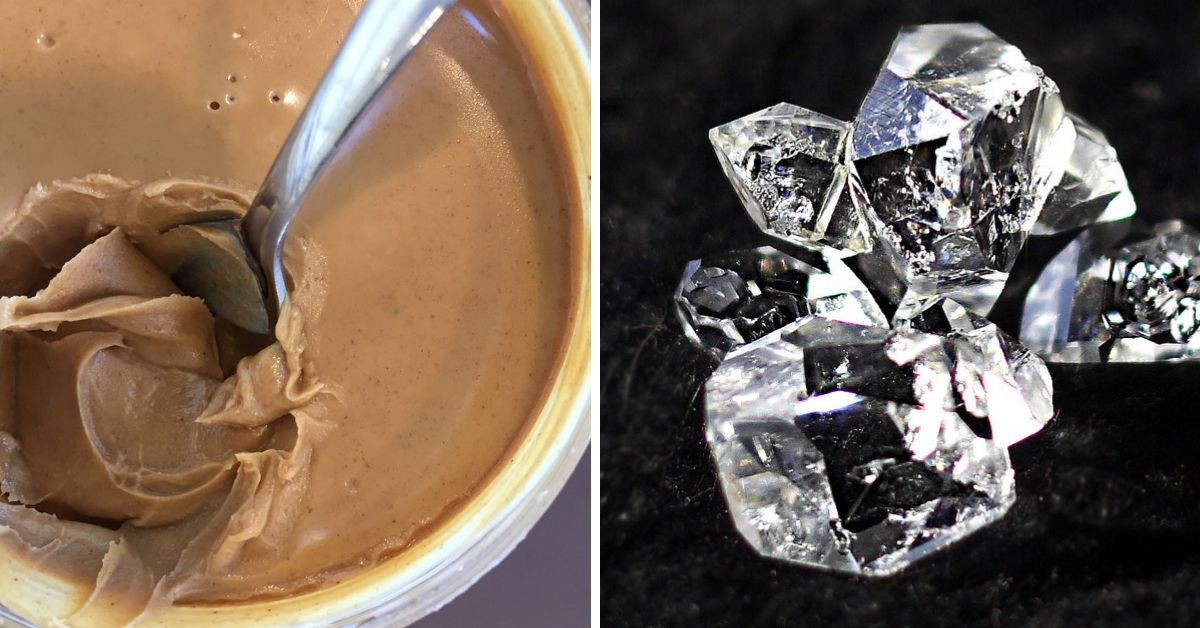
While coal and peanut butter might not seem like the most obvious ingredients to cook with, they can be used in a variety of dishes.
Cooking with coal involves using a grill or smoker to cook meats and vegetables. The heat from the coal imparts a smoky flavor to the food, which is highly sought after by many people.
Peanut butter can be used in both sweet and savory dishes. It is a popular ingredient in baking, and can also be used in sauces and marinades.
Conclusion
So, there you have it – the surprising connection between coal and peanut butter. While they might seem like two completely unrelated items, they are both important in their own ways. Whether you are using coal to power your home or enjoying a peanut butter sandwich, these two things play a role in our daily lives.